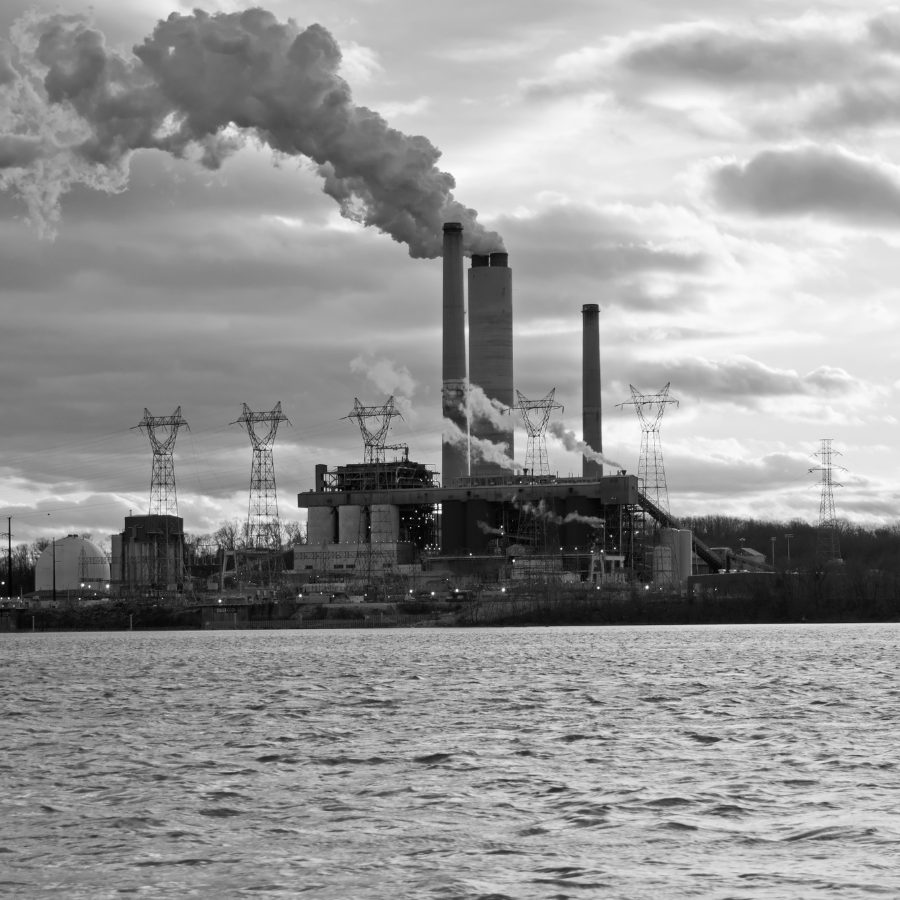
Last week’s announcement of Clean Water Act water pollution limits for wastewater from power plants that burn coal was the culmination of over ten years of Clean Water Action advocacy. During that time, we have published reports, prepared technical comments, and mobilized Clean Water Action members and the public to weigh in on U.S. Environmental Protection Agency (EPA) proposals during three different comment periods. We’ve informed and facilitated engagement by allies at the local, state, and national levels. We’ve spoken to reporters and written Letters to the Editor.
Throughout this organization-wide multi-strategy campaign, we have kept the drinking water impacts of this water pollution front and center. Our alliance with drinking water utility associations around this Clean Water Act regulation has been historic and impactful, because it’s not every day that environmental NGOs and water utilities are pushing for the same thing – and that gets noticed. The new power plant water pollution limits are a case study in protecting drinking water sources, and something to celebrate during this Drinking Water Week.
There are many examples of the unfinished business of the Clean Water Act, which when it passed in 1972, had the intention of ending water pollution by 1985! Still, the outdated pollution limits for coal-burning power plants stood out when we first started working on them in 2012 because the pollutants being discharged into rivers, lakes, and other water bodies are a who’s who of drinking water concerns. Arsenic remains a serious concern for drinking water systems, and hexavalent chromium is a well-known drinking water contaminant. Nutrient pollution – nitrogen and phosphorus – is tremendously problematic in drinking water. Lesser known but equally problematic is bromide, because it can interact with chemicals used to disinfect drinking water and lead to new toxic chemicals that put people’s health at risk. It was hard to believe that this industrial sector was able to dump these pollutants of known concern in drinking water right into drinking water sources, even though technology exists to keep them out of the coal plant’s wastewater.
This is why we got down to work to make sure that the update of these Clean Water Act pollution limits resulted in stringent requirements and that drinking water impacts were given prominent concern. We experienced many bumps in the road, including rollbacks during the Trump administration. But last week’s finalization of Steam Electric Power Generating Effluent Guidelines demonstrates that the Clean Water Act can do its job of keeping pollution of our water if we push it. That’s a good summary of the founding mission of Clean Water Action, and a motivating reminder of the work left to be done.


